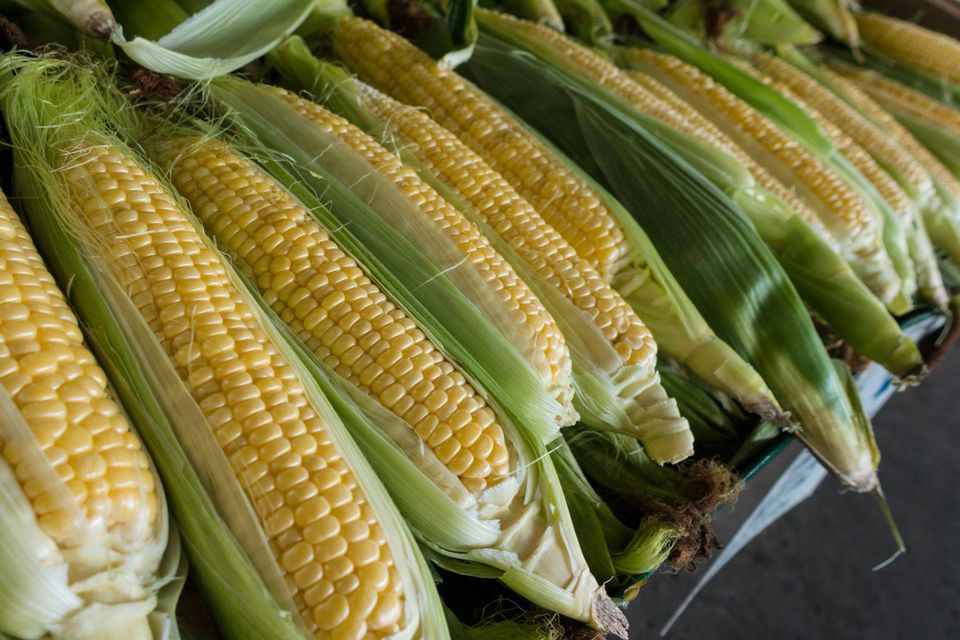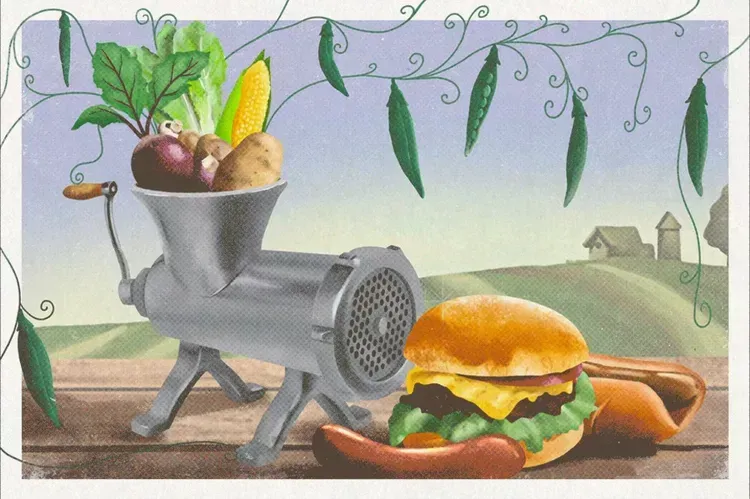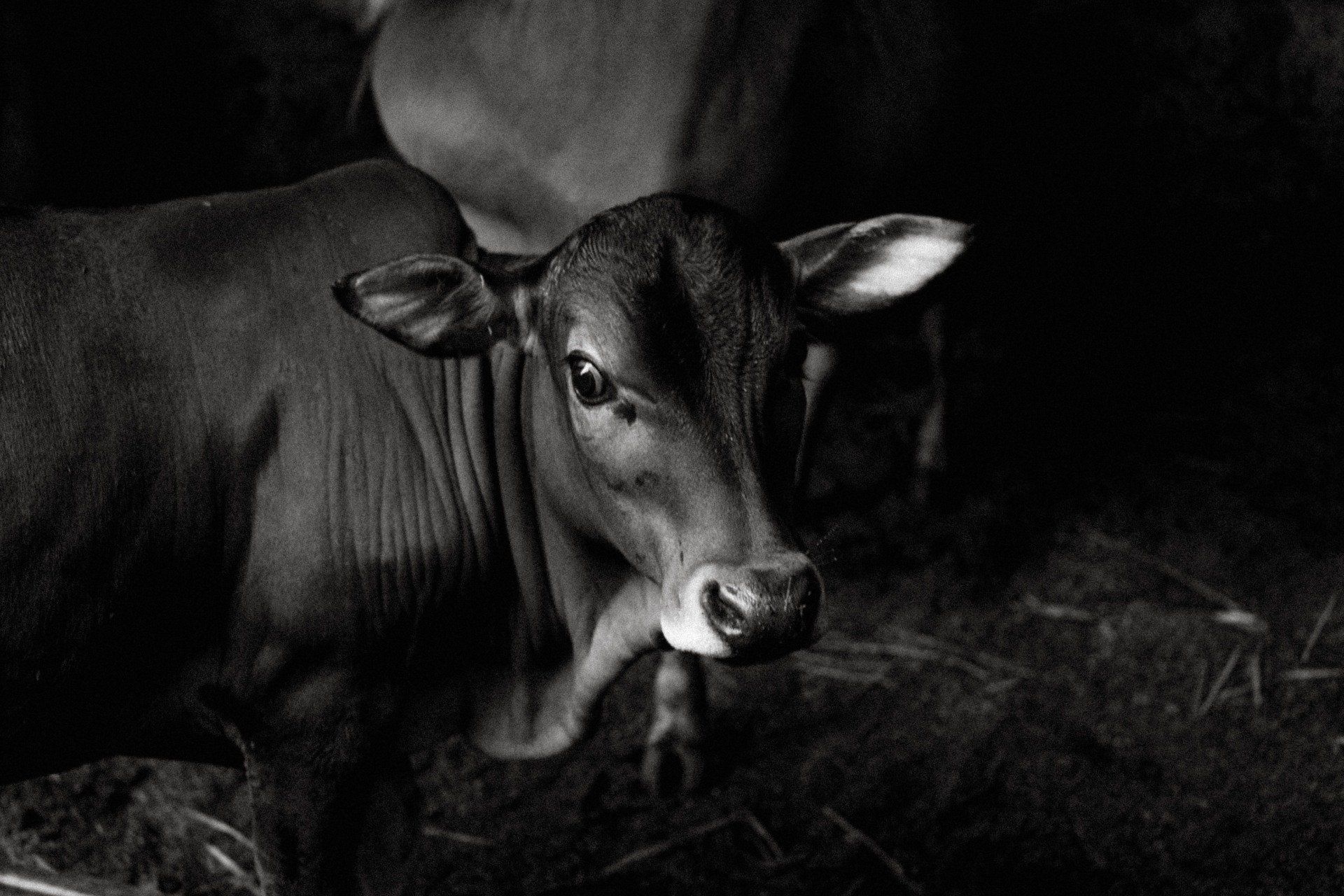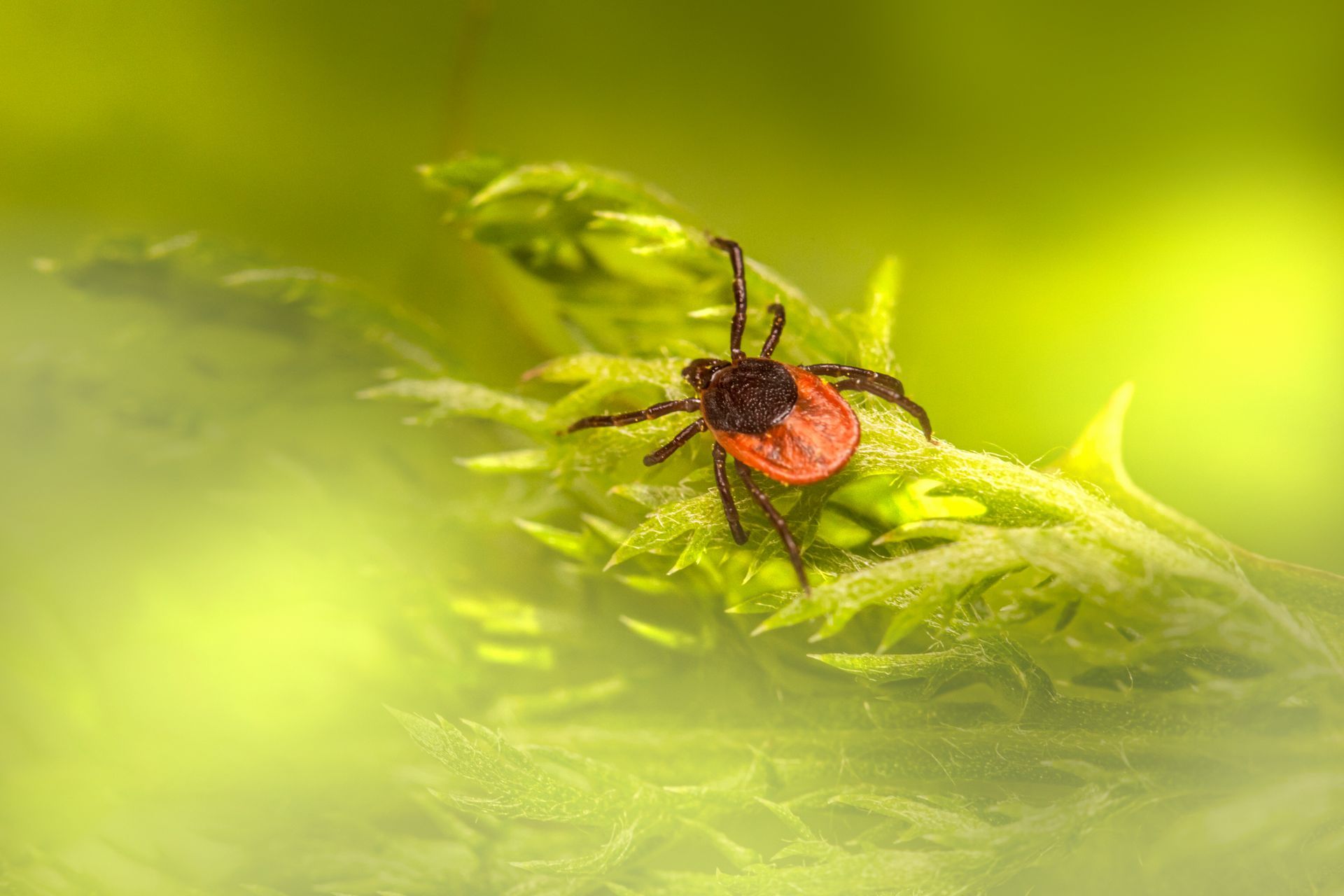Watch Your Crop K Applications
Emily Unglesbee, DTN Staff Reporter • December 7, 2020
Too Much Potassium Can Sometimes Ding Corn, Soybean Yields

ROCKVILLE, Md. (DTN) -- North Dakota State University Extension soil specialist Dave Franzen wasn't looking for a problem when he set up a field study on potassium in 2014.
But he found one.
During the experiment, initiated to help farmers correct potassium levels in soils depleted by the growing amount of corn and soybean acreage in North Dakota, the scientist noticed something surprising.
Too much potassium, it turned out, was almost as bad as too little.
In multiple sites, corn yields decreased significantly when more than 200 lbs of potassium (in the form of potassium chloride 0-0-60) was added to the field. "It was kind of astonishing," Franzen recalled, as he summed up his research for attendees of the University of Missouri's virtual Crop Management Conference on Tuesday. "We thought it was a fluke, but I've just kept on seeing it and I don't think it's a fluke."
When Franzen went on to scrutinize the economic return of potassium applications, he found the tipping point was even lower for North Dakota growers, with profits maxing out at 140 lbs of potassium (0-0-60), based on $3 corn and 20 cents/pound fertilizer costs.
As a result of his research, North Dakota State University has now published formal recommendations for the state's corn farmers to cap 0-0-60 potassium applications at 200 lbs (which translates to 120 lbs of potassium oxide, or K2O), Franzen said. "The reason we put on fertilizer is to make money, so why put on these higher rates if they aren't making us money?" he said.
While scientists haven't completely confirmed why potassium rates might sometimes ding yields, chloride toxicity might be at play, said Dan Kaiser, a University of Minnesota soil scientist who presented alongside Franzen.
Kaiser hasn't seen the same corn yield drop-offs in Minnesota from potassium applications, but he has seen situations where the application of potash decreased yields in soybean fields, which are more sensitive to chloride in the soil. He currently suggests growers limit their potash application ahead of soybean to around 100 lbs of potash per acre directly ahead of the soybean crop if a soil tests show medium or higher potassium levels.
Shaun Casteel, a soybean and small grains agronomist at Purdue University, reported similar effects from studies in Indiana where untreated soybean fields sometimes significantly out-yielded fields with 60 to 120 lbs of added potassium (K2O) near planting time.
"That was in fields with adequate soil test levels of potassium," Casteel noted. "We didn't see yield suppression in fields with very low potassium."
Casteel is recommending that growers in corn-soybean rotations move away from adding high rates of potassium directly before soybean planting. "I'd rather have growers adding potassium ahead of their corn crop, which should give them high enough levels that they can just use soil potassium for the following year's soybeans," he said.
(c) Copyright 2020 DTN, LLC. All rights reserved.
You might also like
Jaynie Norman

By Chuck Abbott Successful Farming With U.S. approval of cultivated chicken grown in fermentation vats, farm-state lawmakers filed companion bills in the House and Senate on Tuesday to require alternative proteins, such as plant-based foods, to carry the words “imitation” or “lab-grown” on their labels. Sponsors said they wanted to prevent confusion in the supermarket between “real farm-raised meat” and its rivals. Plant-based meats accounted for 2.5% of retail packaged meat sales in 2022, according to the Good Food Institute, a think tank and network of organizations “working to accelerate alternative protein innovation.” Only a trickle of cultivated chicken is on the U.S. market at present. Upside Foods said last September it would build a commercial-scale plant to produce cell-cultured meat products in suburban Chicago. The USDA is working on label regulations for cultivated meat. In the interim, it decided Upside Foods and Good Meat, which were cleared last summer by USDA to sell cultivated meat to consumers, would label their products as cell-cultivated chicken. “The American consumer deserves to know what they are eating and feeding their family,” said sponsor Rep. Mark Alford, Missouri Republican. “It’s only fair that all products are labeled fairly.” Kansas Sen. Roger Marshall said, “Distinguishing between a black-bean burger and an actual beef burger shouldn’t be hard.” Under the legislation, foods made with plant protein and that are sold with a name associated with products from a food-bearing animal or that are created to taste or look like them would be required to carry the word “imitation” on the label or a word to show the source of the protein. “Meatless chicken tenders” would be one possibility, according to a summary of the bill. Similarly, labels for cultivated meat would include “cell-cultured” or “lab-grown” immediately adjacent to the name of the food. The bill was backed by the largest groups speaking for cattle, hog, sheep, and chicken producers, the American Farm Bureau Federation, and the National Association of State Departments of Agriculture. Livestock producers have argued for years for restrictive labels to prevent alternative proteins from using names associated with animals. A one-page summary of the bill is available here . To read the text of the legislation, click here .

The U.S. Food and Drug Administration (FDA) announced in June 2021 that all medically important antimicrobials for food-producing animals and pets will move from over-the-counter (OTC) to prescription (Rx) effective June 2023 . A prescription is already required for most antibiotics delivered to livestock, and the remaining three categories of injectable antibiotics available over-the-counter will soon be joining the list of medically important antimicrobials that require a veterinarian’s prescription. To add to the stress of raising livestock, now things will change again which is going to influence the ag industry overall. I hope that this list of medications will give people a chance to read it and become familiar with the situation before the change comes in June of 2023. Changes Coming are as follow: In 2018, the FDA established a 5 year plan for supporting antimicrobial supervision by veterinarians. The plans purpose to address antimicrobial resistance using only medically necessary drugs as necessary to prevent, treat and control disease. It has to be determined by a licensed veterinarian if it is necessary, but you won’t have to order the prescriptions from the vet directly. You will, however, need to establish a Veterinary-Client-Patient Relationship (VCPR) if certain animals are not examined regularly. Popular Products Will Require Prescriptions Following a recent penicillin shortage, soon producers will get hit with this change that once again impacts access to antibiotic therapy for animals. When you’ve used them for so long as OTC meds to treat pneumonia or shipping fever in your livestock, Now, the change will be to establish the relationship with your veterinarian to get the prescriptions for these meds. Here is the list by active ingredients. The following are some products that will be seeing label changes to prescription-only status: Oxytetracyclines Injectables: Liquamycin LA-200, Noromycin 300 LA, Bio-Mycin 200, Agrimycin 200, etc. Boluses: Terramycin Scours Tablets, OXY 500 Calf Boluses Penicillins (Penicillin G procaine, penicillin G benzathine) Injectables: Penicillin Injectable, Dura-Pen, Pro-Pen-G, Combi-Pen 48, etc. Intramammary tubes: Masti-Clear, Go-dry, Albadry Plus Sulfa-based antibiotics (Sulfadimethoxine, sulfamethazine) Injectables: Di-Methox 40%, SulfMed 40% Boluses: Albon, Sustain III Cattle & Calf Boluses, Supra Sulfa III Cattle & Calf Boluses Tylosin Injectables: Tylan 50, Tylan 200 Cephapirin, cephapirin benzathine Intramammary tubes: ToDAY and ToMORROW Additionally, several swine medications fall under the new guidance: Lincomycin Injectables: Lincomix 100, Lincomix 300, LincoMed 100, LincoMed 300 Gentamicin Injectables: Garasol, Gentamicin Piglet Injection ToDay Mastitis Treatment for Lactating C ows
